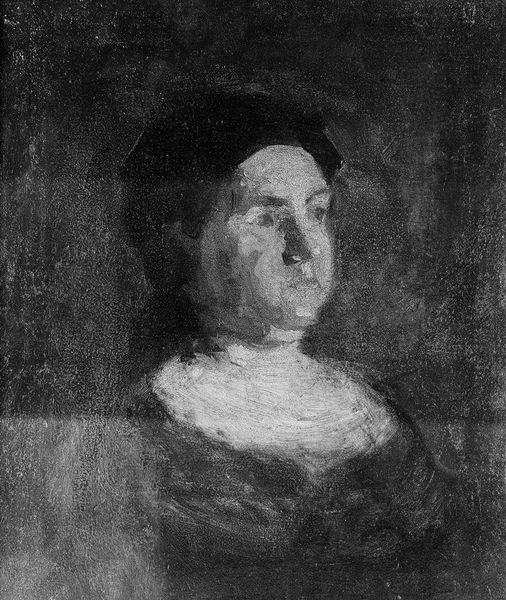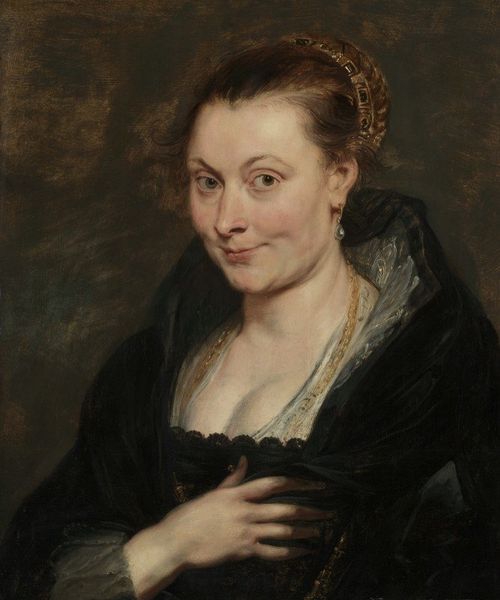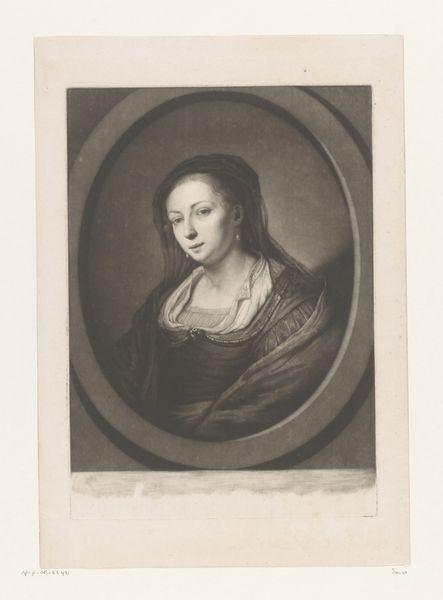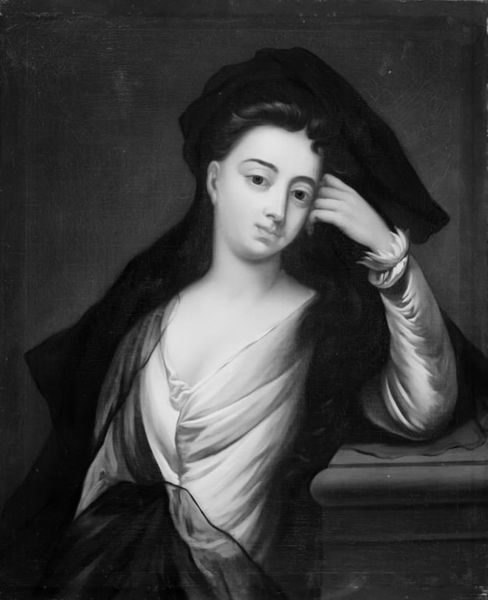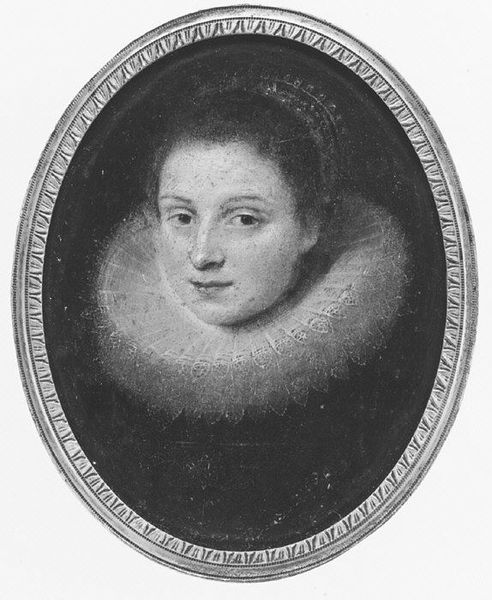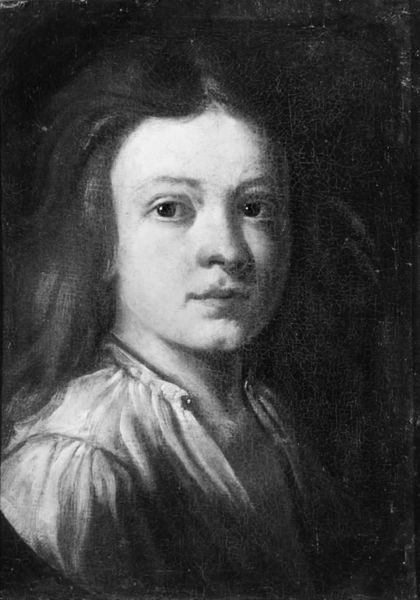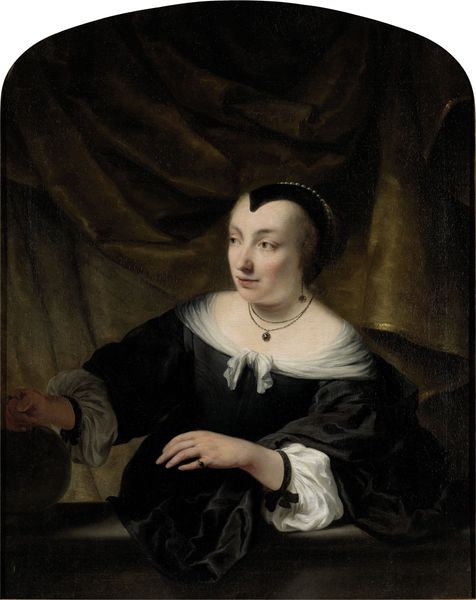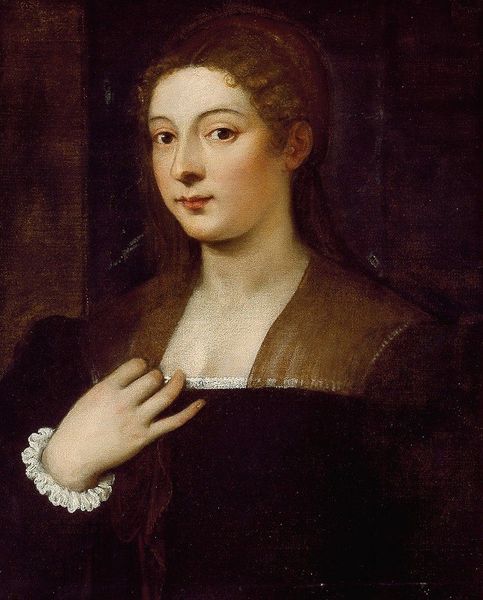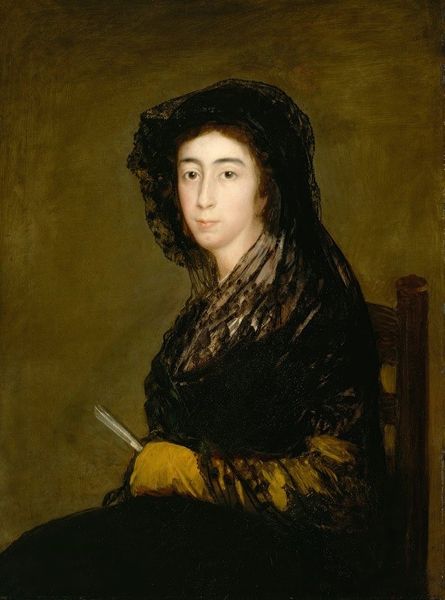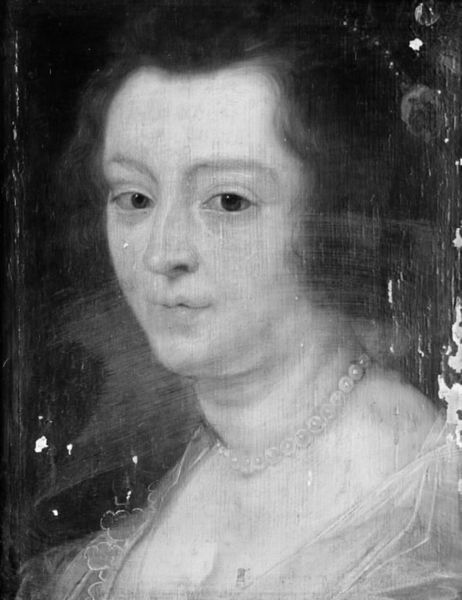
painting, oil-paint, oil-on-canvas
#
portrait
#
baroque
#
portrait
#
painting
#
oil-paint
#
oil-on-canvas
#
realism
Dimensions: 60 × 46.6 cm (23 5/8 × 18 5/16 in.)
Copyright: Public Domain
Curator: Looking at Ferdinand Bol's "Portrait of a Woman," painted around 1655, presently residing here at the Art Institute of Chicago, what are your initial thoughts? Editor: Melancholy. Definitely a feeling of subdued sorrow. The way she averts her gaze... It’s like she holds a secret she’s not sure she wants to share. The heavy shadows contribute to this, of course. Curator: The shadows certainly are integral to the baroque style Bol employs. Note how they heighten the drama and intensify the emotion. But the choice to avoid direct eye contact resonates deeply, doesn't it? Consider the gaze as a symbol of power and openness in portraiture. By refusing it, what is the artist communicating about the sitter's inner state or social position? Editor: Perhaps a bit of both? I mean, on one hand, her clothing seems quite refined—the delicate lace at her collar and what looks like an expensive clasp suggests a certain status. But her expression contradicts this; she’s not radiating confidence. It is the look of a woman who might be resisting some unspoken constraint. It's giving me some serious conflicted-emotion vibes. I feel you get to read past a pretty nice facade there! Curator: Indeed. Also consider that the 17th century, especially in the Dutch Republic where Bol worked, was marked by rapid social changes and evolving roles for women. A portrait like this may subtly reflect those tensions. Notice the artist's skilled rendering of the fabrics and textures, a hallmark of Dutch realism; this draws the viewer closer, encouraging intimate observation. Does this technical mastery influence your interpretation? Editor: Absolutely. It's that contrast, again. Bol's mastery—the incredible detail—draws you in, makes you want to understand her, know her story, yet her reserved posture keeps you at a distance. I also think it makes me imagine myself at that time and question the kind of constraints and roles the feminine gender would experiment there... It adds a poignant complexity to the work, actually. It becomes more than just a portrait; it’s an invitation to contemplate hidden lives. Curator: It certainly invites questions, even after centuries. Editor: Definitely, food for thought today.
Comments
No comments
Be the first to comment and join the conversation on the ultimate creative platform.
